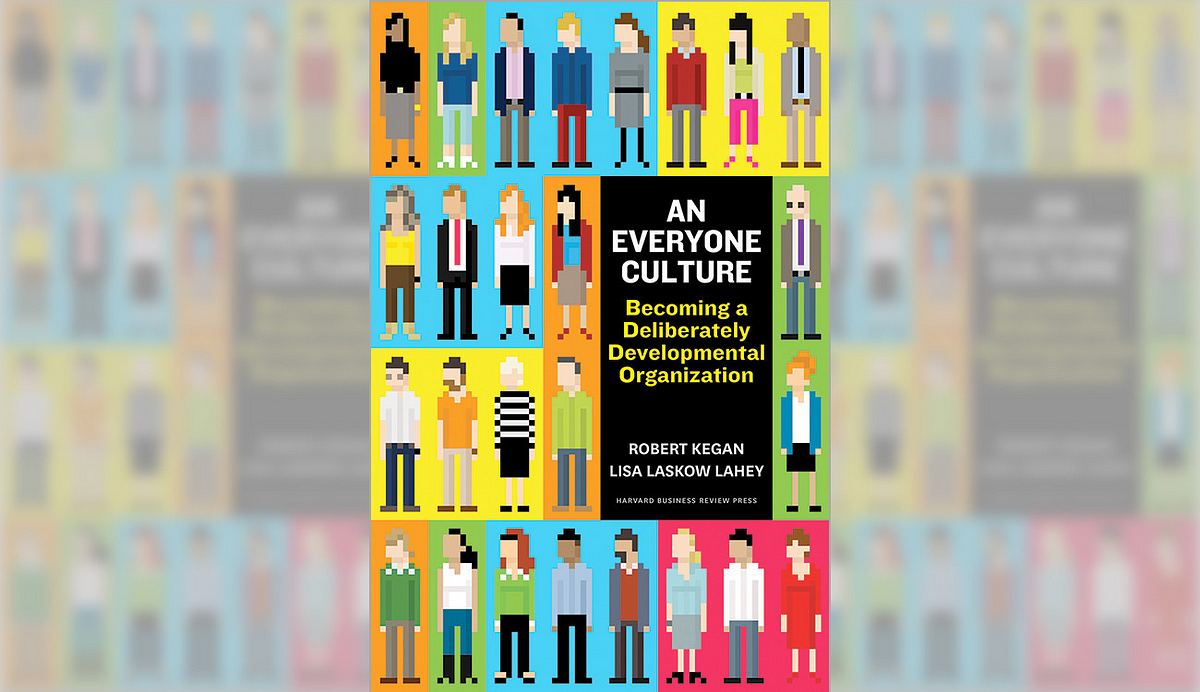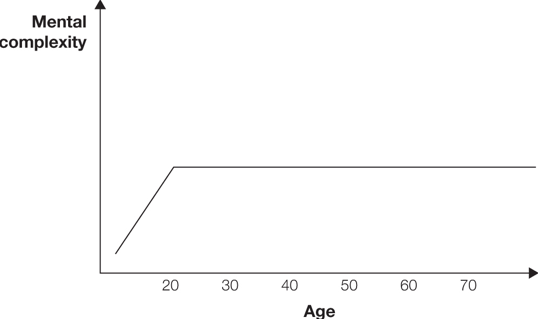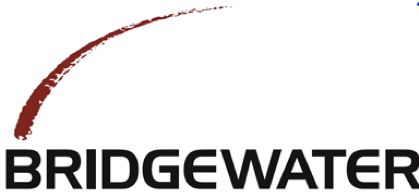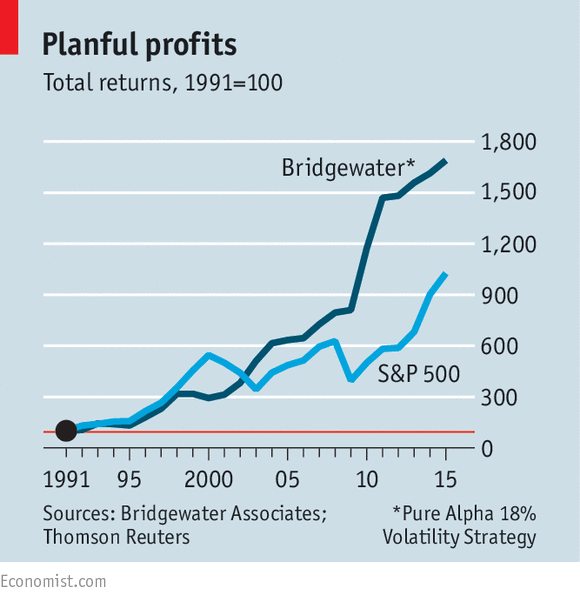Business Development and People Development Are the Same Thing

Image courtesy: The
And other big lessons from An Everyone Culture.
What if your growth as a person actually made your company better? And what if your company’s thriving existence requires you to be open about your weaknesses and insecurities?
If you’re like most people, you might be doubtful that this kind of organization exists. Most people think of business as being about maintaining an image, playing politics, and hiding weaknesses. There is no reason to reveal my inadequacies and uncertainties, I am NOT going to be the one to look bad.
Robert Kegan, Lisa Laskow Lahey, Matthew Miller, Andy Fleming, and Deborah Helsing call these “normal” yet harmful behaviors the second job that no one is paying us to do. And this second job is draining not just our organizations’ potential, but our own.
“The total cost of this waste is simple to state and staggering to contemplate: it prevents organizations, and the people who work in them, from reaching their full potential.”
To any organization, nothing is more valuable than the way its people spend their energy. An organization’s best resource is its people. Many organizations pay lip service to this idea, yet, most people are still doing the second job. How can organizations truly unlock their people’s full potential?
The Deliberately Developmental Organization
Through their research, case studies, and stories, in An Everyone Culture: Becoming a Deliberately Developmental Organization, Kegan, Lahey, and the rest show us an emerging new model of realizing organizational potential. This model is the Deliberately Developmental Organization (DDO). A DDO holds deep assumptions of:
“…the possibility and value of growing in adulthood, ways of structuring people’s growth directly in their work, ways of helping people get the most out of giving and receiving feedback and coaching, ways of making people development and business development all one thing.”
The authors’ definition of development is very different from what we typically think development is in business. To understand why a DDO is key to unlocking organizational potential, we need to shift our lens from development as a business thing to development as a psychological thing.
New Perspectives on Adult Psychological Development
I’ve taken a developmental psychology class, which is pretty standard for most psychology majors. We spent most of our entire class time learning about childhood and adolescent development and less time on adult development. I clearly remember finishing the class thinking, “That’s it? I wished we covered more on adult development.”
I’m no development expert, but Kegan and Lahey are, and I’d like to think they’d get why I was eager to learn more about adult development in my class. Much of the research on individual psychological development is focused on childhood and adolescence and not adulthood. In developmental psych research, it was the widely adopted belief that most of our psychological development plateau in our twenties:

Kegan, Robert; Lahey, Lisa Laskow (2016–03–01)
However, developmental researchers realized this view was incomplete and concluded that adult psych development looks more like this:

Source:
Psychological development doesn’t stop but continues in our twenties (phew!). Through their research, the authors break down adult development into three stages:

Kegan, Robert; Lahey, Lisa Laskow (2016–03–01)
Our adult psychological development is divided into three stages: the socialized mind, the self-authoring mind, and the self-transforming mind. A true DDO meets every individual exactly where they’re at (regardless of what adult development stage they’re in) and gives the perfect amount of push to develop further.
“In essence, a DDO is working on ways to provide people the maximum exposure to those experiences likely to help them continue — when they are ready — the ongoing journey of adult development.”
Now think about grounding your HR and training around this framework. It’s ideal, right? Everyone’s continuing to grow, and that’s great. But what if your business can’t afford the resources for this? Isn’t becoming a DDO reserved for orgs that have the resources to do this?
Bridgewater Associates: A Case Study

Let’s take a look at one of the three companies the authors investigated: Bridgewater Associates. Bridgewater is a hedge fund firm that manages $150 billion in global investments. In 2011, Bridgewater earned its investors $13.8 billion, which reached them $35.8 billion in total gains since they were founded in 1975 — a world record of all hedge funds. And during the 2008 financial crisis, Bridgewater was one of the few firms to actually increase profits:

Source: T
he hardest trade — The Economist
The secret to their success? Their everyone culture. The authors sum this up as:
“Their big bet on a deliberately developmental culture is rooted in the unshakable belief that business can be an ideal context for people’s growth, evolution, and flourishing — and that such personal development may be the secret weapon for business success in the future.”
Bridgewater’s culture isn’t a luxury resulting from their success. It’s because of their culture that they are successful.
To name a few points that illustrate what their everyone culture looks like:
1. Their clients consider them strategic partners, not a hedge fund or investment managers.
“In our industry it is rarely a deep, trustful relationship,” says CEO Greg Jensen. But Bridgewater is proud to have distinctive relationships with their clients.
2. They are radically transparent about business roadblocks and personal struggles.
They encourage behaviors that are safe to fail because what follows a failure is always a learning lesson. Their people are open about their weaknesses because their weaknesses are just another opportunity to grow as a person. And in contrast to the praise they’ve been given from being right about anticipating the 2008 financial crisis, Jensen and founder & Chief Investment Officer Ray Dalio are known to be extremely open about how wrong they can be in their beliefs.
3. They encourage people to be their whole selves.
As cited in Adam Grant’s Originals, they don’t just appoint a devil’s advocate in every meeting (as some organizations practice), they encourage those who naturally take the unpopular opinion to stick to their guns. Even if their opinions are going against an executive’s.
4. They prioritize their culture even over short-term profit.
Bridgewater knows culture always wins. And they understand that culture and profitability have a cyclical relationship. “The culture creates the success, and the success allows you to further invest in the culture,” says Jensen.
In today’s volatile, uncertain, complex, and ambiguous world, it’s very tempting to act on every opportunity that will lead to profit at the expense of culture to keep the business “safe.” But as we learned from An Everyone Culture, Bridgewater and other organizations prove that investing in the growth of people is the best strategy any organization can make.
Our world is constantly changing. But don’t let that phase you because people are more than capable of changing for the better.
Want more?Sign up to get our newsletter This Week @ The Ready delivered to your inbox every Saturday. Receive links to articles and perspectives on org design, technology, and the future of work.
Follow Me on Twitter | Follow The Ready on Twitter | TheReady.com
Thanks to Dara Blumenthal, PhD for suggesting I pick up this book.
